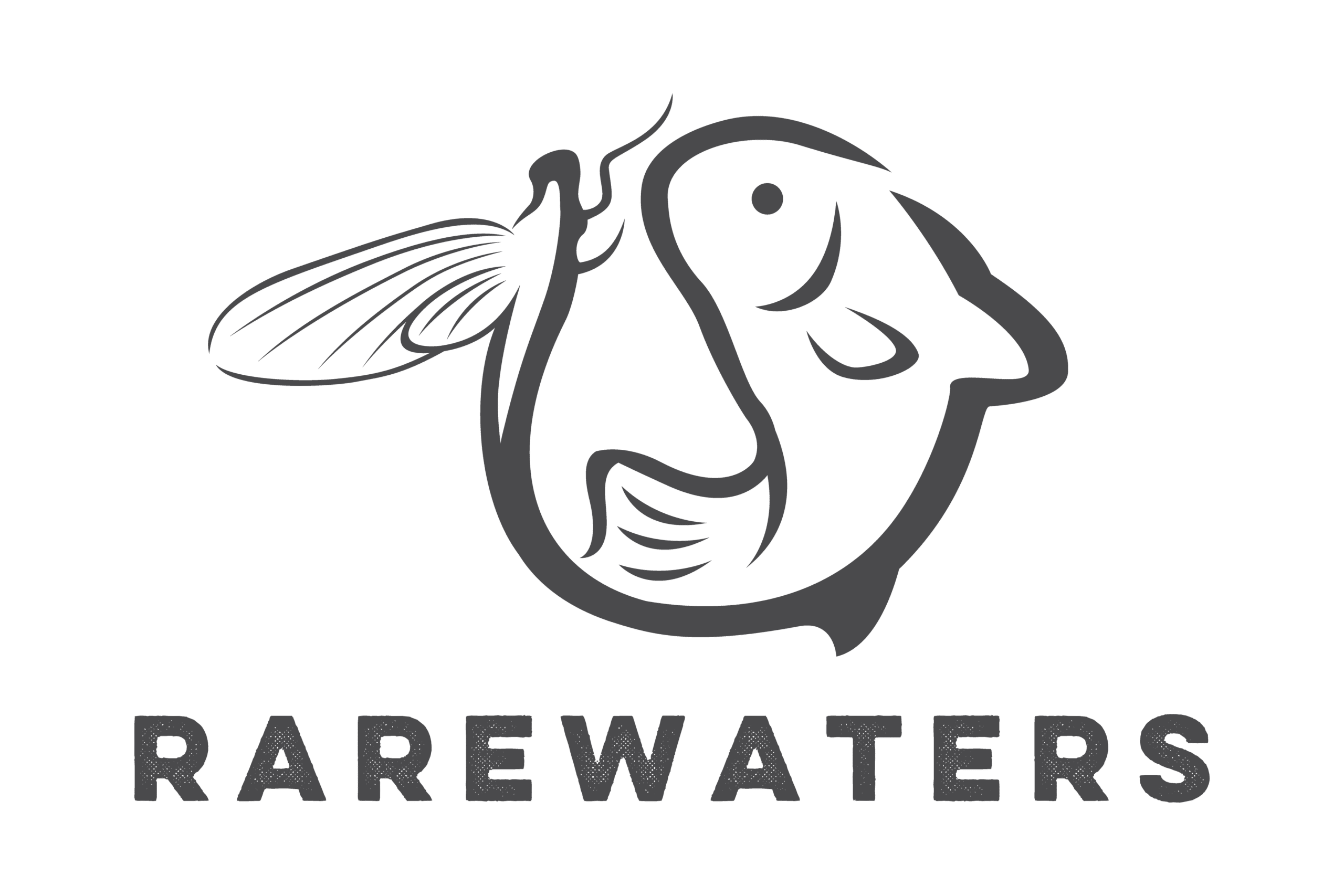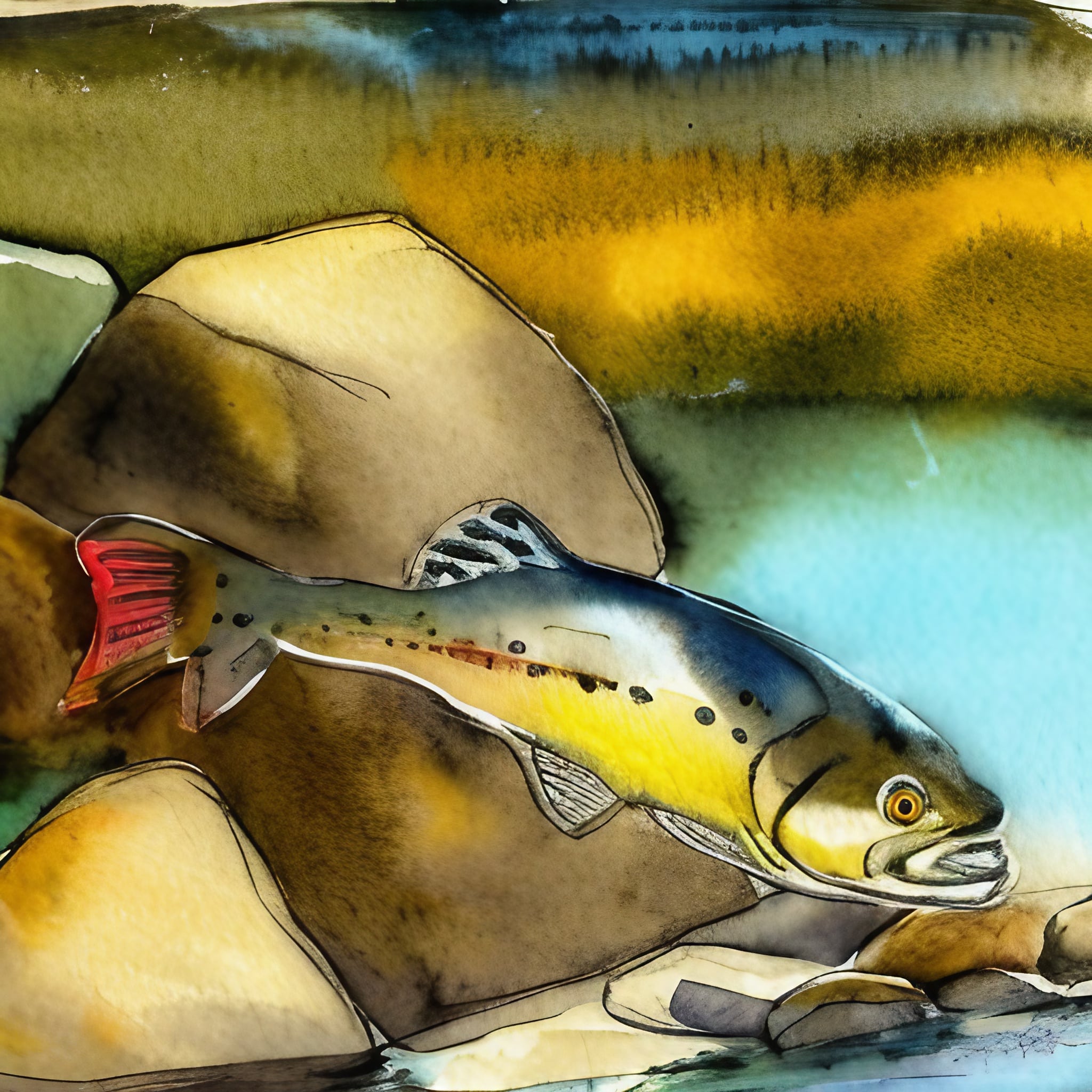Brook Trout Classification
The brook trout (Salvelinus fontinalis) is a species of freshwater fish in the salmon family (Salmonidae). It is native to North America, and is found in a variety of habitats including cold, clear streams, lakes, and ponds. The brook trout is a popular game fish, and is highly prized by fly anglers.
In terms of classification, the brook trout is a member of the genus Salvelinus, which also includes other species of trout such as the lake trout and arctic char. The brook trout is easily identifiable by its distinctive markings, including a distinctive worm-like pattern on its back, and a brightly colored red stripe running along its sides.
Brook Trout Feeding Habits and Habitat
Brook trout are opportunistic feeders, and will eat a variety of prey including insects, crustaceans, and small fish. In streams, they often feed on aquatic insects such as mayflies, caddisflies, and stoneflies. In lakes and ponds, they may feed on zooplankton and smaller fish.
Brook trout are generally found in cool, clear water with a pH of 6.0-8.0. They prefer water temperatures in the range of 50-60°F, and are often found in areas with gravel or rocky bottoms. They are also known to inhabit areas with ample cover such as logs, rocks, and undercut banks.
Brook Trout Breeding
When it comes to breeding, brook trout are known for their elaborate courtship rituals. In the spring, male brook trout will establish and defend a breeding territory, and will attract females by displaying their bright colors and vocalizing. After mating, females will lay their eggs in a nest, or “redds,” which are typically located in areas with clean, gravel bottoms. The eggs will hatch after a period of several weeks, and the young fish, or “fry,” will emerge and begin to feed on small invertebrates.
Targeting Brook Trout
For fly anglers targeting brook trout, it is important to match the hatch and use flies that imitate the insects that are present in the water. In streams, nymph patterns and wet flies can be effective for imitating the aquatic insects that brook trout feed on. In lakes and ponds, dry flies and emergers can be effective for imitating the adult insects that hatch from the water. It is also important to pay attention to water conditions, and to fish in areas with cover where brook trout are likely to be found.








